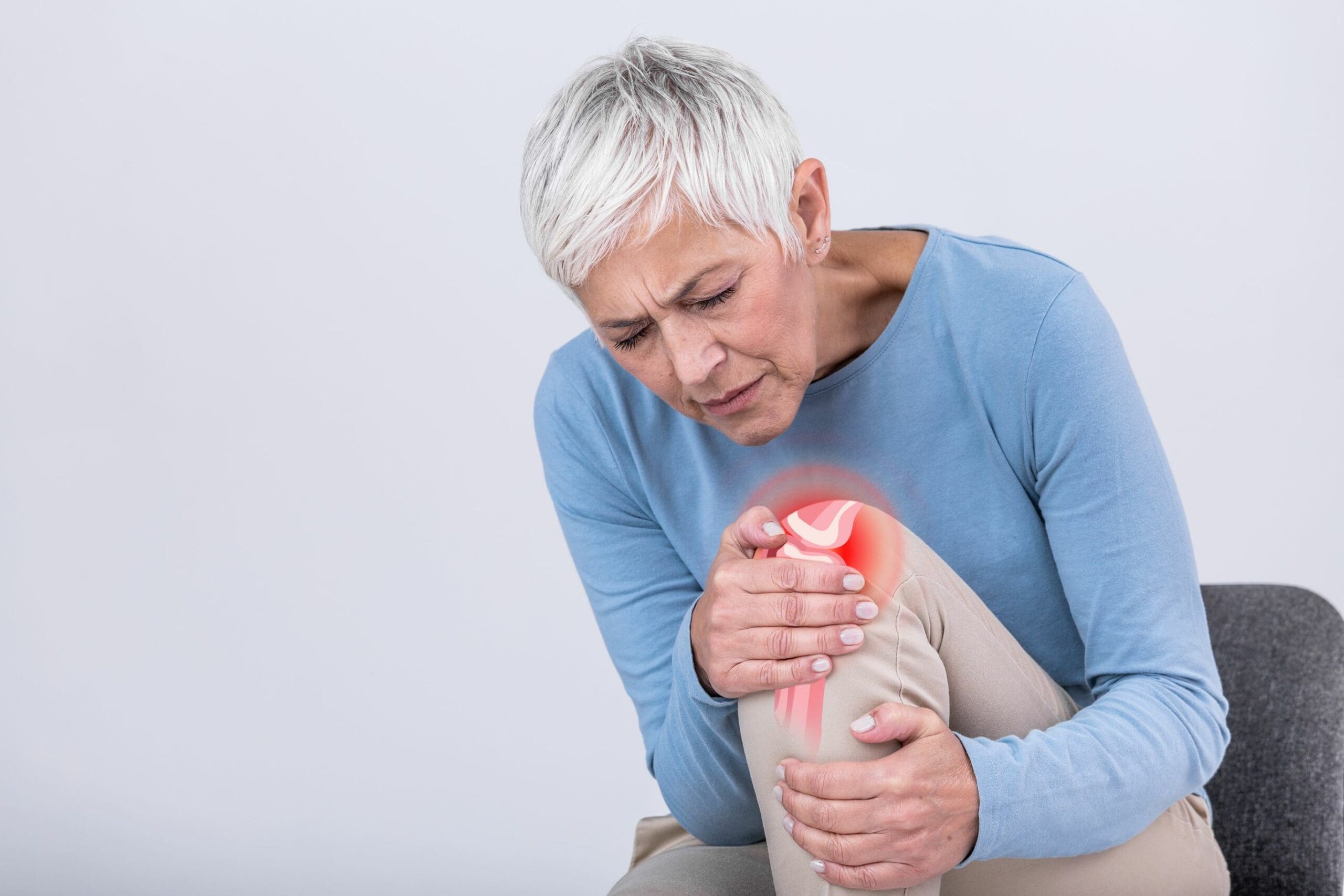Osteoarthritis is a chronic joint disease which is very common, affecting about one in 10 people and disproportionately affecting women.
It has a few key symptoms, being mild inflammation of the tissue around joints, damage to cartilage (which is the strong, smooth material lining bones and allowing joints to move without friction) and bony growths that develop around the edges of joints.
Any joint can be affected, but it most often occurs in the knees, hips and small joints of the hands. Exercise, muscle strengthening and weight loss help osteoarthritis, but what about medications?
In a systematic review of the evidence so far, Italian researchers collected 47 randomised controlled trials of the drugs used to treat osteoarthritis. They were looking for how the various drugs affected knee pain and joint structure.
Among the drugs they considered were analgesics, non-steroidal anti-inflammatory drugs or NSAIDS (like Nurofen or Voltaren), corticosteroid injections into the knee and glucosamine sulfate. All of the trials had at least a year of follow-up, which is important because the effects of medications may not become clear until they’ve been taken for a few months.
In all, very few of the medications considered seemed to have much effect on pain.
The NSAID celecoxib (which in Australia is available with a prescription under the brand name Celebrex) and glucosamine sulfate (which can be bought as an over-the-counter supplement) were both found to have some pain-reducing effect, but once the data were re-analysed, even those effects were less certain.
Implications
It still isn’t clear how effective medications are at reducing the symptoms of osteoarthritis, which affects millions of Australians, which emphasises the importance of aerobic exercise, muscle strengthening and weight loss.





